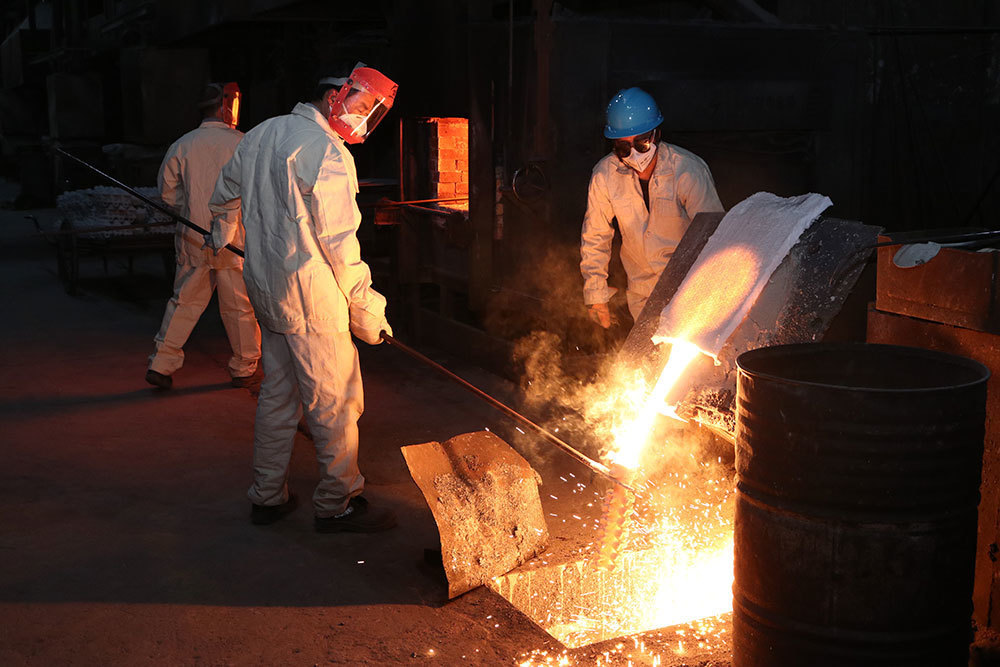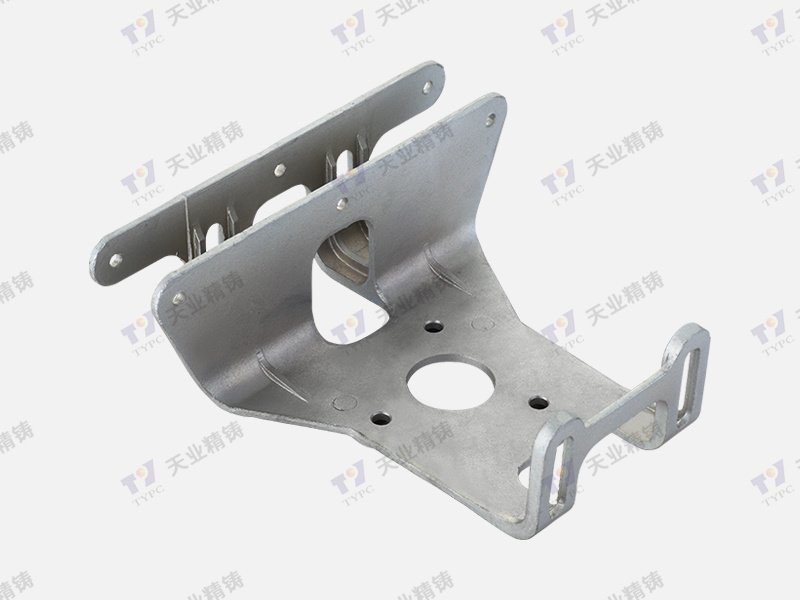2025-05-02
Understanding the Benefits and Applications of Investment Casting Parts
Investment casting parts, also known as lost-wax casting, represent a sophisticated and versatile manufacturing technique widely used in the industrial equipment and components sector. This method allows for the production of intricate shapes and complex geometries that are often difficult to achieve with other casting methods. By utilizing a wax pattern coated with a ceramic shell, manufacturers can create precise molds for metal components, leading to exceptional dimensional accuracy and surface finish.
One of the primary advantages of investment casting parts is their ability to minimize material waste. The process allows for the production of near-net-shape components, which significantly reduces the amount of machining required after casting. This not only saves on material costs but also enhances production efficiency, making it an attractive option for manufacturers looking to streamline operations.
In terms of versatility, investment casting parts can be produced from a wide range of materials, including stainless steel, carbon steel, and even specialized alloys. This adaptability enables manufacturers to select the best material for their specific applications, ensuring optimal performance and longevity of the final product. Additionally, investment casting is well-suited for both small and large production runs, accommodating a variety of project scales without compromising quality.
The applications of investment casting parts are vast and varied. They are commonly employed in industries such as aerospace, automotive, and medical devices, where precision and reliability are paramount. For instance, in the aerospace sector, investment cast components are often used in engine parts and structural components, where strength and weight considerations are critical. Similarly, in the medical field, components must meet stringent regulatory standards, and investment casting provides the accuracy required for such applications.
Furthermore, investment casting parts can enhance design flexibility, allowing engineers to create components that are lighter and more efficient without sacrificing durability. This characteristic is particularly beneficial in industries striving for innovation and sustainability, where reducing the weight of components can lead to lower fuel consumption and improved overall performance.
In conclusion, investment casting parts represent a valuable solution for industries requiring high precision, excellent surface finishes, and complex geometries. By understanding the benefits and applications of this process, manufacturers can leverage investment casting to enhance their product offerings and improve operational efficiencies. The ability to produce high-quality, reliable components positions investment casting as a leading choice in the competitive landscape of industrial equipment and components.
One of the primary advantages of investment casting parts is their ability to minimize material waste. The process allows for the production of near-net-shape components, which significantly reduces the amount of machining required after casting. This not only saves on material costs but also enhances production efficiency, making it an attractive option for manufacturers looking to streamline operations.
In terms of versatility, investment casting parts can be produced from a wide range of materials, including stainless steel, carbon steel, and even specialized alloys. This adaptability enables manufacturers to select the best material for their specific applications, ensuring optimal performance and longevity of the final product. Additionally, investment casting is well-suited for both small and large production runs, accommodating a variety of project scales without compromising quality.
The applications of investment casting parts are vast and varied. They are commonly employed in industries such as aerospace, automotive, and medical devices, where precision and reliability are paramount. For instance, in the aerospace sector, investment cast components are often used in engine parts and structural components, where strength and weight considerations are critical. Similarly, in the medical field, components must meet stringent regulatory standards, and investment casting provides the accuracy required for such applications.
Furthermore, investment casting parts can enhance design flexibility, allowing engineers to create components that are lighter and more efficient without sacrificing durability. This characteristic is particularly beneficial in industries striving for innovation and sustainability, where reducing the weight of components can lead to lower fuel consumption and improved overall performance.
In conclusion, investment casting parts represent a valuable solution for industries requiring high precision, excellent surface finishes, and complex geometries. By understanding the benefits and applications of this process, manufacturers can leverage investment casting to enhance their product offerings and improve operational efficiencies. The ability to produce high-quality, reliable components positions investment casting as a leading choice in the competitive landscape of industrial equipment and components.









